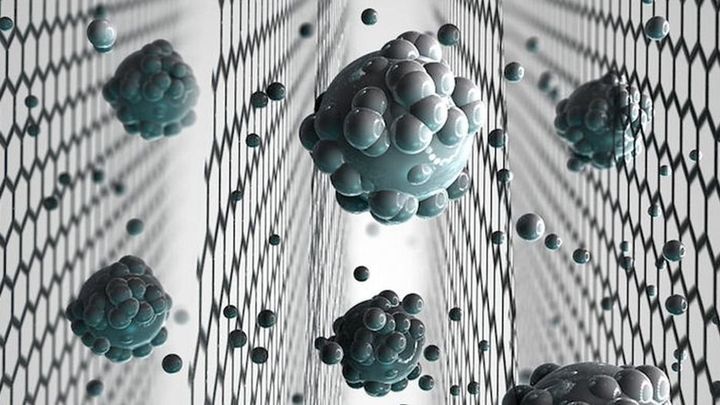Despite being just an atom thick, graphene is 200 times stronger than steel and a better conductor of electricity than copper.
Now the so-called miracle material can lay claim to another credential: the ability to make seawater drinkable.
Scientists at the University of Manchester, the birth place of graphene, have developed a graphene oxide sieve that can desalinate water.
Although it’s only been demonstrated in the lab, the breakthrough raises hopes that clean water could be brought to millions around the world who need it.

While it’s complicated to develop, the concept behind the sieve is pretty simple: water passes through holes in the graphene oxide membrane which trap salt.
In previous studies, the membranes swelled when immersed in water, allowing through smaller salts alongside water molecules.
But in the latest study, researchers showed that adding a resin wall to either side of the membrane prevented swelling.
Dr Rahul Nair, the lead scientist, told the BBC: “Water molecules can go through individually, but sodium chloride cannot. It always needs the help of the water molecules. The size of the shell of water around the salt is larger than the channel size, so it cannot go through.”
It’s expensive to produce graphene on an industrial scale, but Dr Nair said that graphene oxide could be easily manufactured in the lab.
Last year, scientists achieved a major turning point in the creation of graphene when they manufactured the miracle material from soyabean oil.

